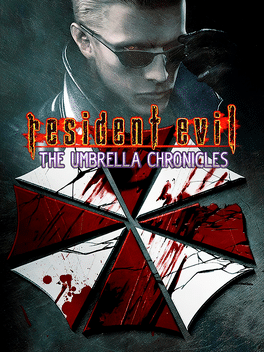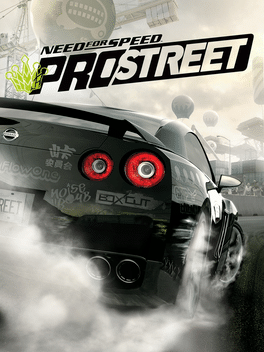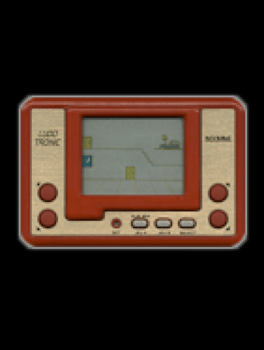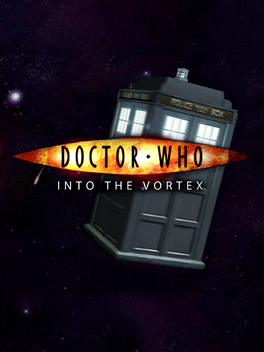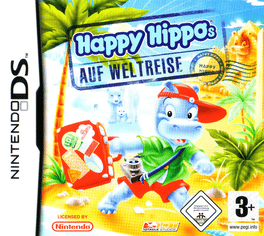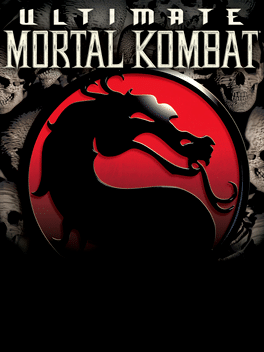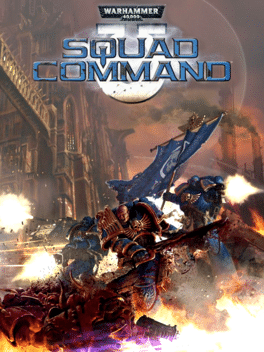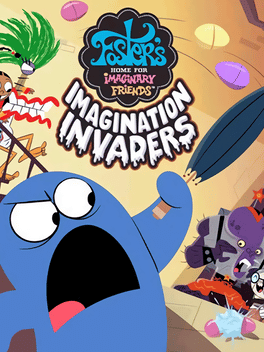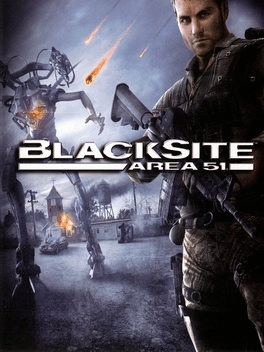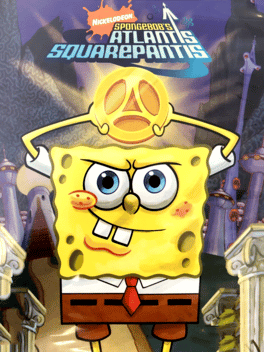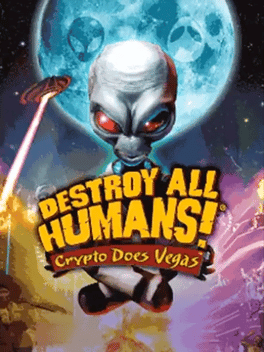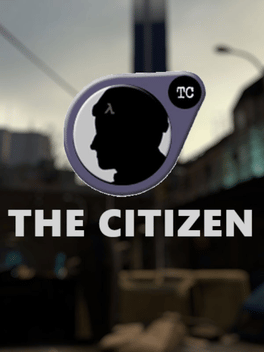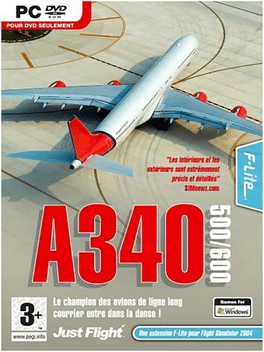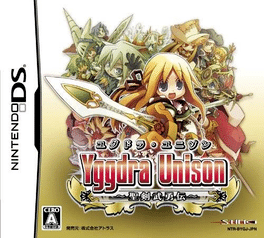New Games - Page 10058
-
Resident Evil: The Umbrella Chronicles
2007
star 6.8Resident Evil: The Umbrella Chronicles is the first natively developed for the Wii console. Unlike the other games focused on free exploration, this title is an on-rails shooting game with fixed movement and perspectives. While playing, the camera floats to different areas and players shoot enemies on the screen, picking up ammo, weapons and health kits in the progress. In some situations, the controller can also be used as a melee weapon or in timed sequences. Some levels feature multiple paths and there are regular checkpoints. At the end of a level, the player's performance is awarded by stars, which can be exchanged for weapon upgrades. The game supports the Wii Zapper and features cooperative gameplay for up to two players. -
Crysis
2007
Crysis
2007
star 8.2From the makers of Far Cry, Crysis offers FPS fans the best-looking, most highly-evolving gameplay, requiring the player to use adaptive tactics and total customization of weapons and armor to survive in dynamic, hostile environments including Zero-G. -
Assassin's Creed
2007
Assassin's Creed
2007
star 7.6Assassin's Creed is a non-linear action-adventure video game, during which the player controls a 12th-century Levantine Assassin named Altaïr Ibn-La'Ahad during the Third Crusade, whose life is experienced through the Animus by his 21st century descendant, Desmond Miles. -
Need for Speed: ProStreet
2007
star 6.4Compete at the highest level of street racing with Need for Speed ProStreet. It’s no longer good enough to simply rule your local neighborhood; you need to dominate on a global stage. Build the ultimate battle machine, take it to multi-disciplinary showdowns and pit your skills and reputation against the world’s best street racers. -
Sleep Walker
2007
-
Doctor Who: Into the Vortex
2007
Fly the TARDIS. How far can you travel in time? Control the TARDIS as you travel through the time vortex. Collect blue energy particles to temporarily fuel the TARDIS and avoid red particles that will disrupt the fuel cells. If you lose all your energy, the TARDIS will fall out of the vortex and rematerialise at a location in space and time. -
Are You Smarter Than a 5th Grader?
2007
Class is in session—how much have you forgotten since grammar school? Step up to the podium and put your smarts on the line to see if you’re smarter than a 5th grader! Enjoy game show excitement—just like the show, from the classmates’ peer pressure, to Jeff Foxworthy’s wisecracks. Test your knowledge with 28 tough grade school subjects with over 3,000 challenging questions, which you can answer with help from your 5 classmates. -
Check Mii Out Channel
2007
Check Mii Out Channel was a Wii Channel that allows Wii users to enter their Mii caricatures in online contests, as well as share them with the rest of the world. There are two components to the Check Mii Out Channel; the Posting Plaza and the "Contest section". -
Happy Hippo's World Tour
2007
The Happy Hippos - characters based on the collection figure series known from Ferrero's Kinder Surprise - want to explore the world in order to help out their friend, a painter who has lost his inspiration. They are looking for interesting scenes, the inhabitants of foreign regions and valuable treasures. Every scene is filled with information referring real existing locations, which has been taken from "Brockhaus" encyclopedia for children. The Happy Hippos game is a classic 2D Platform Jump'n'Run where three friends explore the Polar Region, Egypt and the Caribbean.The game consists of 14 levels including a variety of minigames like a squid rodeo, a snowball fight and a treasure hunt. Licensed title based on the collection figure series from Ferrero's Kinder Surprise. The PC version of the game has additional decorative elements in order to fill the unused 4:3 screen space. -
Ultimate Mortal Kombat
2007
star 6.9Ultimate Mortal Kombat combines the visceral thrills of the classic "Ultimate Mortal Kombat 3" and the addictive puzzle action of the Puzzle Kombat component of Midway's best-selling "Mortal Kombat: Deception" in a single DS-friendly package. With new record-keeping capability, and Nintendo Wi-Fi Connection multiplayer, players can take UMK anywhere for fighting action on the go. -
Warhammer 40,000: Squad Command
2007
star 5.9Warhammer 40,000: Squad Command features fast, action-packed combat through turn-based strategy and an engaging, authentic single-player storyline. Gamers play as the elite Space Marines of the Ultramarines chapter and strive to combat the encroaching evil of the ruthless and daemonic influenced Chaos Space Marines through 13 cinematically-tied missions. With a multiplayer mode featuring 9 unique missions, gamers will team up and go head-to-head with other gamers worldwide as either the Imperium of Man or Chaos Space Marines. -
Foster's Home for Imaginary Friends: Imagination Invaders
2007
For the first time on the Nintendo DS, experience the fun of Cartoon Network’s hit show in Foster’s Home for Imaginary Friends: Imagination Invaders, playing as head mischief-maker Blooregard Q. Kazoo. Goo has done it again ... her overactive imagination has conjured up a group of diabolical cosmic invaders, the Space Nut Boogies. They've raided Foster's Home for Imaginary Friends and taken Madame Foster hostage in search of The Greatest Thing in the Universe, and it's up to you to stop them! Play as Bloo as you explore the Foster's house, sneak past the Space Nut Boogie guards, and gather Mac, Coco, Eduardo and the rest of the gang to rescue Madame Foster. -
BlackSite: Area 51
2007
BlackSite: Area 51
2007
star 5.9Modern day fears explode onto the streets of a small American town swarming with alien life. The government is desparate, struggling to contain secrets so terrible they can no longer be kept. You are Aeran Pierce, a Special Forces assassin thrown into one of the most explosive moments in American history. Everything hinges on your actions in BlackSite: Area 51. -
SpongeBob's Atlantis Squarepantis
2007
star 5.9Nintendo Wii port of SpongeBob's Atlantis Squarepantis. -
The Citizen
2007
The Citizen
2007
The Citizen is a series of single-player mods for Half-Life 2, set in a storyline parallel to the original game. Originally released in November 2007 and re-released in February 2008. -
Speculum Mortis
2007
Speculum Mortis
2007
Speculum Mortis (Latin for "mirror of death") is a horror-themed first-person point-and-click adventure done mostly in greyscale. -
Yggdra Unison: Seiken Buyuuden
2007
star 8.5The game is a reimagining of Yggdra Union in a different gameplay format.

